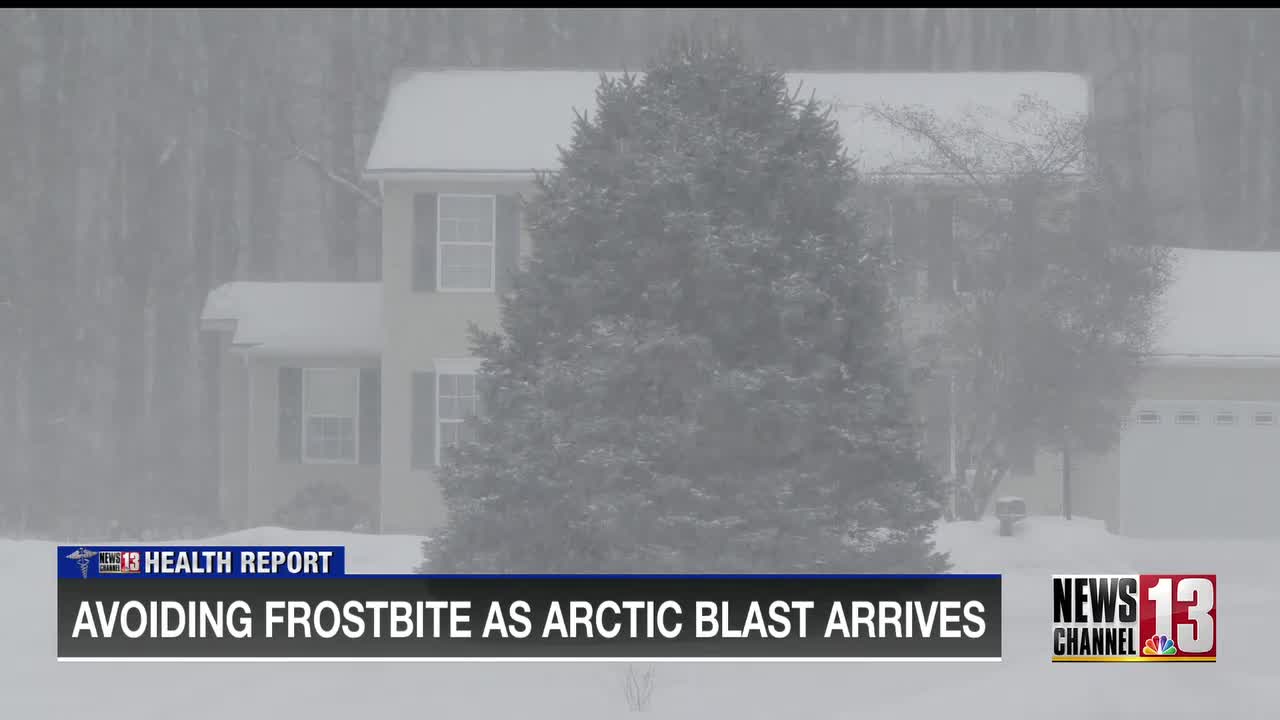Bundle up to prevent frostbite

It looks like Mother Nature isn’t taking any breaks this winter. Another arctic blast is heading our way.
And if you have to go outside, it’s important to make sure you’re bundled up.
The risk for frostbite is very real in these frigid temperatures.
“Frostbite typically happens when the tips of your fingers and your toes freeze. It also commonly can be seen in your nose and your ears though,” said Dr. Carole Parsons, emergency medicine physician for Cleveland Clinic. “The ways to prevent this are by making sure that you are wearing warm apparel when out in the cold, but also changing your apparel whenever they get wet.”
Dr. Parsons said frostbite can happen any time temperatures drop below 32 degrees.
Symptoms tend to appear in three stages. The first being cold, soreness and pain in the area, followed by pins and needles, and finally, numbness.
She said if you suspect you have the second or third stage of frostbite, it’s critical to get to the emergency department.
There, they can get you the necessary treatment to help prevent long-term damage.
A person can usually treat more mild cases of frostbite at home.
“If you do get the redness and that burning pain in your fingers or toes, it typically is safe to try to rewarm them at home,” she said. “You want to submerge them in a warm bath for about 30 minutes.”
Hypothermia is also a big risk in this weather, she added.
Hypothermia happens when your body temperature drops below 95 degrees. It can be deadly if left untreated.